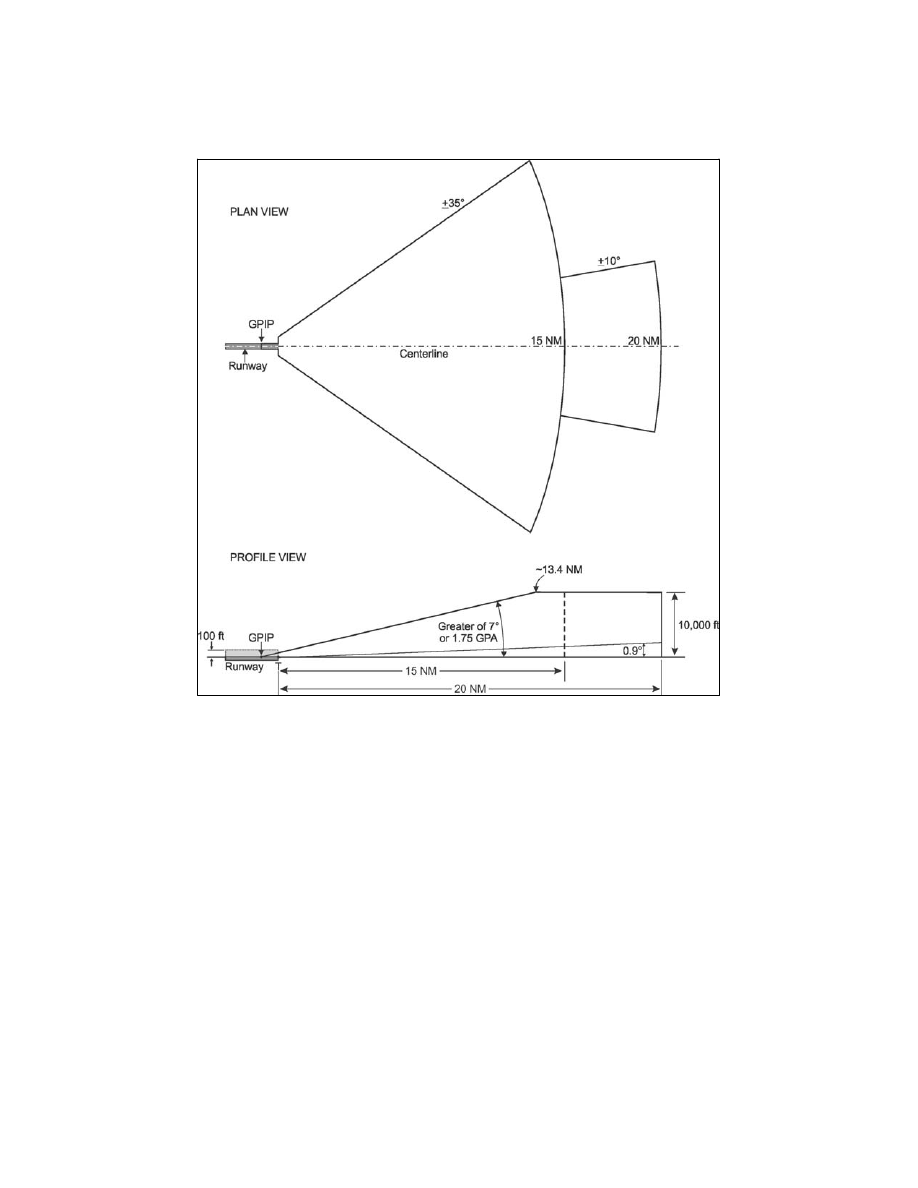
3/21/24
AIM
FIG 1
−
1
−
9
GLS Standard Approach Service Volume
1
−
1
−
20. Precision Approach Systems other than ILS and GLS
a. General
Approval and use of precision approach systems other than ILS and GLS require the issuance of special
instrument approach procedures.
b. Special Instrument Approach Procedure
1.
Special instrument approach procedures must be issued to the aircraft operator if pilot training, aircraft
equipment, and/or aircraft performance is different than published procedures. Special instrument approach
procedures are not distributed for general public use. These procedures are issued to an aircraft operator when
the conditions for operations approval are satisfied.
2.
General aviation operators requesting approval for special procedures should contact the local Flight
Standards District Office to obtain a letter of authorization. Air carrier operators requesting approval for use of
special procedures should contact their Certificate Holding District Office for authorization through their
Operations Specification.
REFERENCE
−
AIM, Para 5
7, Instrument Approach Procedures, Subpara j.
Navigation Aids
1
−
1
−
41